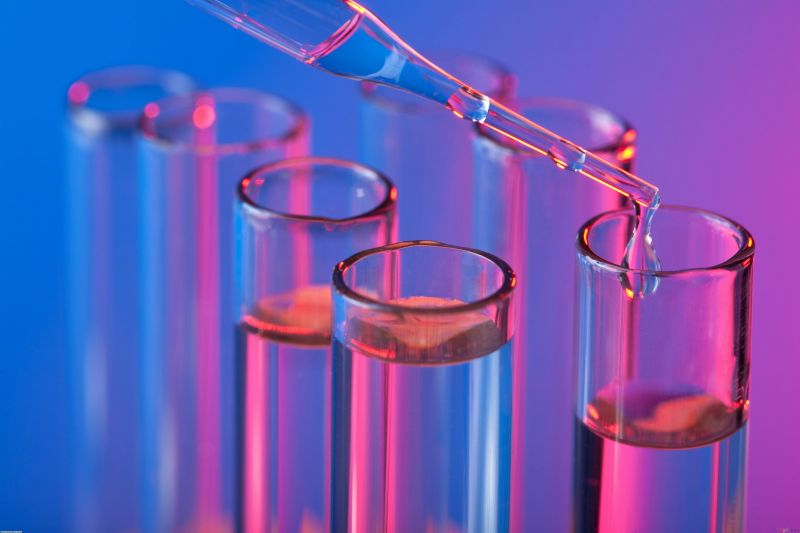Simple, Easy-to-use Method to Break Down Pollutants in Water
Published on by Water Network Research, Official research team of The Water Network in Academic
Chemists from Martin Luther University Halle-Wittenberg (MLU) have found out how stubborn pollutants in water can be disintegrated easily and cost-effectively.
To do so researchers only need a green LED light, a catalyst and vitamin C. In this way, they can produce special types of electrons that reliably destroy the pollutants in the water.
Until now, complex laser systems were required for this. The study was recently published in the international journal "Angewandte Chemie".

Representative image, source: Wikimedia Commons, Labeled for reuse
Researchers in photochemistry are working on the question of how light can be used to initiate chemical reactions. "The idea is that light penetrates a molecule and triggers a reaction there", says chemist Professor Martin Goez from MLU, whose research group developed the new process. Of particular interest are electrons, which are released by the light energy from their molecular compound in vitamin C and then exist freely in the water. "These so-called 'hydrated electrons’ are extremely reactive and can, for example, help break down pollutants. The advantage over other substances is that the electrons have completely disappeared after the reaction, meaning they do not leave any harmful residues", Goez continues. These special electrons can even react with very stable substances and break them down into their individual components.
Until now, expensive and complex high-power lasers were required to generate these types of electrons. Using this kind of equipment is also linked to strict safety precautions. In contrast, the development made by Goez’ team at MLU is significantly easier and more cost-effective. "Our system consists of a standard green light-emitting diode, traces of a metal complex that act as a catalyst and vitamin C. This method can be taught to undergrad students at a very early stage" says the chemist Goez. The research group tested the new method on chloroacetic acid, an extremely toxic and very stable substance. With their system, the researchers were able to destroy the compound into its harmless components. They were also able to demonstrate that their cost-effective alternative could generate just as many electrons as a high-power laser.
The development by the MLU’s research group is not only suitable for decomposing harmful chlorides or fluorides; the approach can be applied to many other photochemical reactions that are difficult to initiate by other means.
About the publication:
R. Naumann, F. Lehmann, M. Goez, Generating Hydrated Electrons for Chemical Syntheses by Using a Green Light-Emitting Diode (LED). Angew. Chem. Int. Ed. 2018, 57, 1078. DOI: 10.1002/anie.201711692
Media
Taxonomy
- Drinking Water Security
- Treatment
- Treatment Methods
- Drinking Water Treatment
- Filtration
- Filtration Solutions
- Filtration
- Drinking Water Managment
- Drinking Water
- water treatment